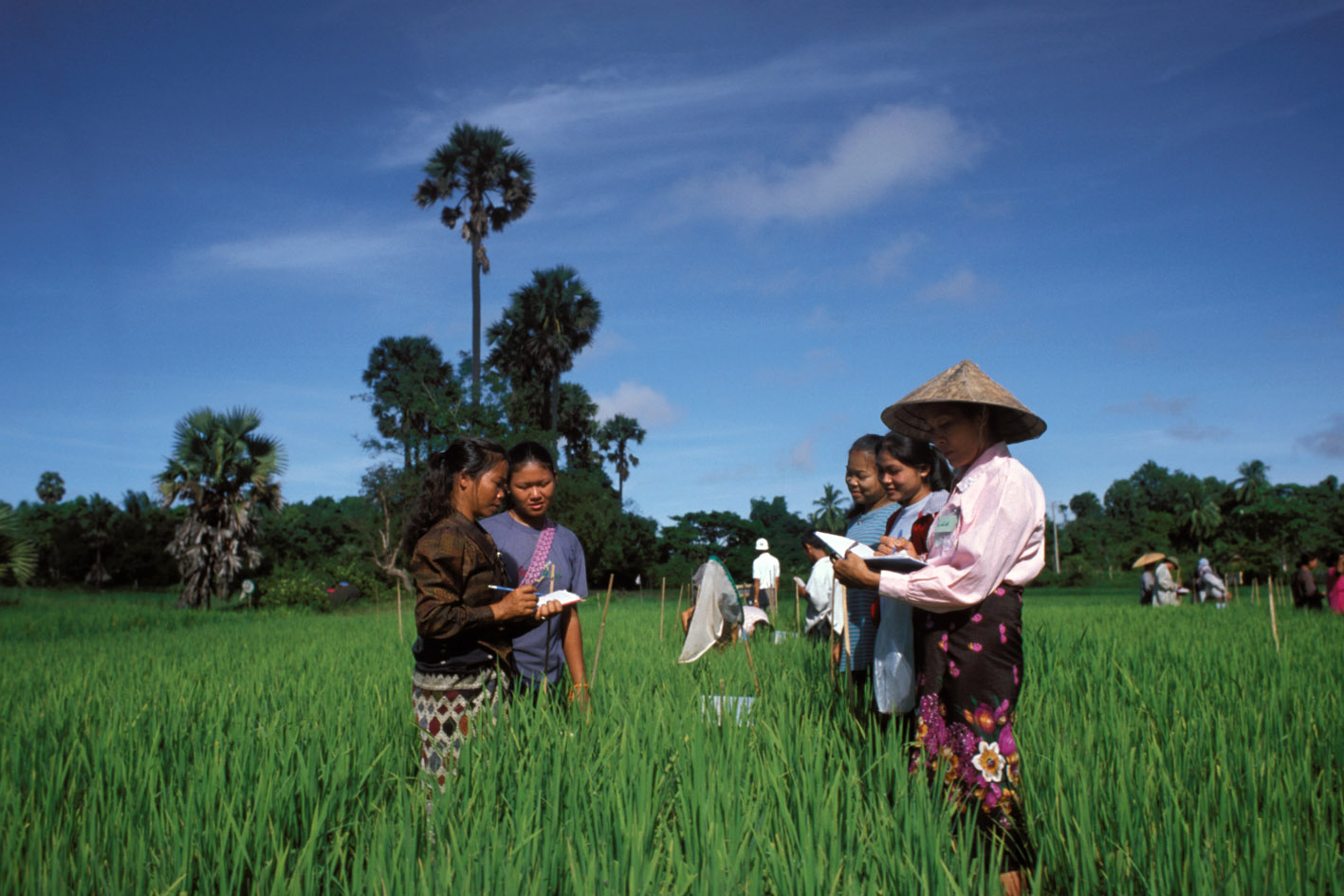Greater Eldoret Health and Development Survey, Wave 1, 2004
Kenya, 2004
Get Microdata
Reference ID
KEN_2004_GEHDS-W1_v01_EN_M_v01_A_OCS
Producer(s)
Markus Goldstein and Harsha Thirumurthy
Collections
Metadata
Created on
Oct 14, 2020
Last modified
Nov 08, 2022
Page views
307742
Downloads
1182
- Data files
- aghead_a
- aghead_b
- aghead_c
- aghead_d
- aghead_e
- aghead_e1_2
- agspouse_a
- agspouse_b
- agspouse_c
- agspouse_c_2
- anthrop_a
- anthrop_b
- anthrop_c
- assets
- assets_I8
- assets_I12
- assets_I17
- assets_II
- assets_II5
- assets_II11
- assets_III
- assets_III7
- assets_III13
- assets_IV
- assets_V
- assets_V6
- assets_V12
- assets_VI
- behavior
- behavior_c5
- education
- educexp
- enterprise
- food
- health
- health_c
- health_c_I
- health_c_II
- health_c_III
- health_c_IV
- hh_roster
- identification
- income
- iroster
- othexp
- polygamoushh
- shocks
- shocks_a3
- shocks_a7
- shocks_a11
- shocks_a15
- shocks_a19
- shocks_a24
- shocks_a27
- shocks_b30
- shocks_b33
- shocks_b36
- shocks_b40
- shocks_c44
- shocks_c49
- shocks_c53
- timealloc
- transfers
- transfers_a3
- transfers_a9
- transfers_a16
- transfers_b3
- transfers_d
- youth
Income hh receive from selling crop during long & short rain (agrhb7)
Data file: aghead_b
Overview
Valid:
2146
Invalid:
1
Minimum:
0
Maximum:
800000
Mean:
6661.082
Standard deviation:
34883.596
Type:
Continuous
Decimal:
0
Width:
6
Range:
0 - 800000
Format:
Numeric
Questions and instructions
Literal question
How much income did your household receive from selling [Crop] during the long and short rains seasons of 2002? Total Amount in KSh.
Interviewer instructions
Ask the respondent to recall the income received from selling the crop during the long and short rains of 2002 and 2001. You should try not to simply write “Don't Know” if the respondent cannot immediately recall. To help the respondent answer these questions correctly, you should use the following techniques:
· First, keep in mind that sales of crops such as maize in January 2003 count as income received from growing crops during the long and short rains of 2002.
· If the respondent cannot recall, ask first for the total quantity produced (you can use the current year as a reference period and ask the respondent to recall how much higher or lower production was in the previous years).
· Second, ask the respondent to estimate how much of the total production was sold and how much was kept for home consumption.
· Third, ask for the price in 2002 and 2001.
· With all of this information, you will be able to calculate the total income received.
If the crop being discussed was NOT grown during the previous years, write 0 for the income received.
At the end , make sure the respondent has not left out any crops that are not being grown currently but were grown in the past. You should probe for specific crops - for example, ask the respondent if he/she grew maize, wheat, bananas, etc.
· First, keep in mind that sales of crops such as maize in January 2003 count as income received from growing crops during the long and short rains of 2002.
· If the respondent cannot recall, ask first for the total quantity produced (you can use the current year as a reference period and ask the respondent to recall how much higher or lower production was in the previous years).
· Second, ask the respondent to estimate how much of the total production was sold and how much was kept for home consumption.
· Third, ask for the price in 2002 and 2001.
· With all of this information, you will be able to calculate the total income received.
If the crop being discussed was NOT grown during the previous years, write 0 for the income received.
At the end , make sure the respondent has not left out any crops that are not being grown currently but were grown in the past. You should probe for specific crops - for example, ask the respondent if he/she grew maize, wheat, bananas, etc.
Description
Source of information
The household head
